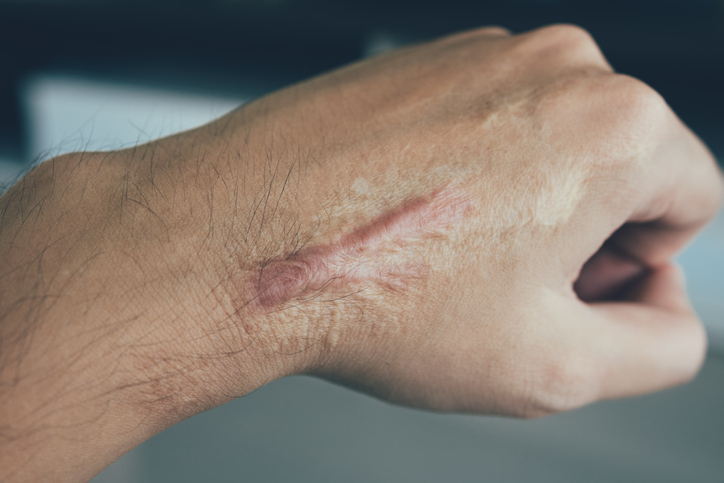
Scar Wars: A Guide to Battling Blemishes and Marks
While all scars are a natural part of the healing process, some may be more visually unappealing than others, leading to a desire for their removal or improvement.
Dr Michael Rich is a specialist dermatologist who has been performing tumescent liposuction for over 30 years. Find out if Liposuction is suitable for you at ENRICH Clinic.
At ENRICH Clinic, we have a wide range of dermatological and cosmetic body treatments tailored to individual body and patient needs.
At ENRICH Clinic, our treatments are performed by our medical team consisting of doctors, nurses, and dermatologists and are tailored to each patient’s skin health needs.
ENRICH Clinic is committed to your skin health and well-being with a range of dermatological & cosmetic treatments tailored to the individual. Our treatments are performed by our medical team consisting of doctors, nurses, and dermatologists.
Skin health is essential for everyone. ENRICH Clinic has a wide range of technologies and dermatological solutions to help you achieve your skin care goals.
The first step in treating acne scarring is establishing the type of scarring you have. Each treatment is a little different in how it diminishes the scars’ appearance, but a lot depends on the type and severity.
Most people who get acne end up with scarring. The cause of this characteristic scarring is how acne develops and how it is different from a regular pimple.
In an acne lesion, the bacteria involved disable skin cells’ innate immunity, thus preventing cells from defending themselves. This process leaves the bacteria-free to feed and replicate, resulting in minor infections under the skin.
The bacteria carve out a little hole for themselves under the skin, which is why acne scars have their specific appearance, particularly the pits and pocks.

Atrophic acne scars appear pitted. The edges cast a shadow, making the pits seem darker than the surrounding skin. Because the scars are a dent, we use specific tools to level out the hills and valleys of the skin’s surface as best we can, resulting in a more even complexion with fewer shadows.
There are three main types of atrophic acne scars:
Icepick scars are small, deep, narrow and cylindrical, causing a depression in the skin.
A boxcar scar is a shallow, broad depression, usually oval or rectangle with sharp vertical edges. Most boxcar scarring appears on the cheeks and temples.
By far the most common acne scar, rolling scars are shallow and wide with sloping edges. Rolling scars result in what looks like tiny uneven, wavy valleys and are most likely to be caused by long-term acne.
Rolling acne scarring isn’t as noticeable in younger skin, but the scarring tends to become more visible as skin loses its elasticity with age. Very shallow rolling scars may fade and soften over time without treatment, but procedures can significantly improve their appearance. Rolling scars are the easiest to treat.
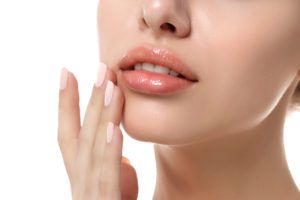
Hypertrophic scars are raised and often look thick, lumpy and red and feel rubbery. Most hypertrophic scars will fade on their own, but a dermatologist may recommend treatment.
Keloid scars, a type of hypertrophic scar, may develop in some people, particularly anyone of Asian or African descent. A keloid scar results from the body overproducing scar tissue in response to an injury and can occur in pierced ears and everyday cuts and scrapes. Keloid scarring is red, raised and looks like a smooth, shiny red bubble that may keep growing. Most people who experience keloid scarring are prone to it.
Because in those prone to keloid scarring, any skin injury can result in this type of scar; thus, treatment must be delicate to avoid any extra damage. For example, you can’t just cut a keloid scar off because the skin injury will simply produce another scar.
Red, brown or white patches of skin are not uncommon with acne scarring. While pigmentation (or loss of pigmentation) isn’t a scar, it is another element of skin that we can treat once the acne resolves.
When these dark areas develop after acne, it’s often a result of inflammation (post-inflammatory hyperpigmentation). The affected areas might be brown, black or red and consist of many smaller marks or a consistent pigment spread. Hyperpigmentation usually fades over time, but it can take up to two years, depending on severity.
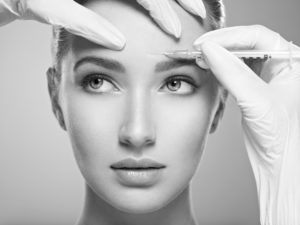
When areas of skin lose pigmentation, we call it hypopigmentation. The pigment disappears due to the damage the acne caused, and at first may be pinkish, fading into white over time. Loss of pigmentation is often a long-term problem.
Advances in dermatology mean at ENRICH Clinic in Melbourne, we now have many great options for reducing acne’s impact on your skin. The scar type will determine the route, and your treatment may consist of several strategies.
We have many options to help get your skin looking beautiful – acne scarring is not a life sentence. Get in touch for a consultation, and let us help you feel good about your skin.
Contact us for a consultation
ENRICH Clinic
*With all surgeries or procedures, there are risks. Consult your physician (GP) before undertaking any surgical or cosmetic procedure. Please read the consent forms carefully and be informed about every aspect of your treatment. Surgeries such as liposuction have a mandatory seven-day cooling-off period to give patients adequate time to be sure of their surgery choice. Results may also vary from person to person due to many factors, including the individual’s genetics, diet and exercise. Before and after photos are only relevant to the patient in the photo and do not necessarily reflect the results other patients may experience. Ask questions. Our team of dermatologists, doctors and nurses are here to help you with any of your queries. This page is not advice and is intended to be informational only. We endeavour to keep all our information up to date; however, this site is intended as a guide and not a definitive information portal or in any way constitutes medical advice.
"*" indicates required fields
Combining Dr Rich’s dermatological skill with his knowledge of restorative skin regimes and treatments, the ENRICH range is formulated to help maintain and complement your skin. Our signature Vitamin C Day & Night creams are now joined by a Vit A, B,&C Serum and a B5 Hyaluronic Gel, both with hydration properties and much, much more.

While all scars are a natural part of the healing process, some may be more visually unappealing than others, leading to a desire for their removal or improvement.

Not sure if the bumps on your face are hormonal acne or not? You’ve come to the right place.
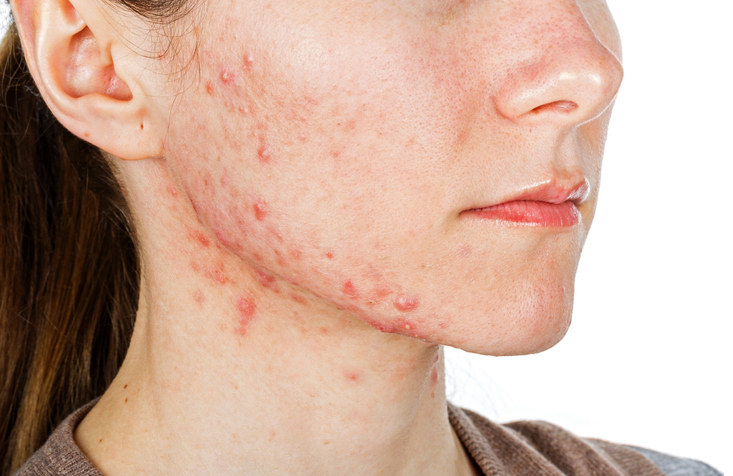
You’re having flare-ups, but you think you’re too old to have acne. Or are you? We distinguish between the myths and the facts and explain adult acne in detail and provide some useful tips on how to treat adult acne.
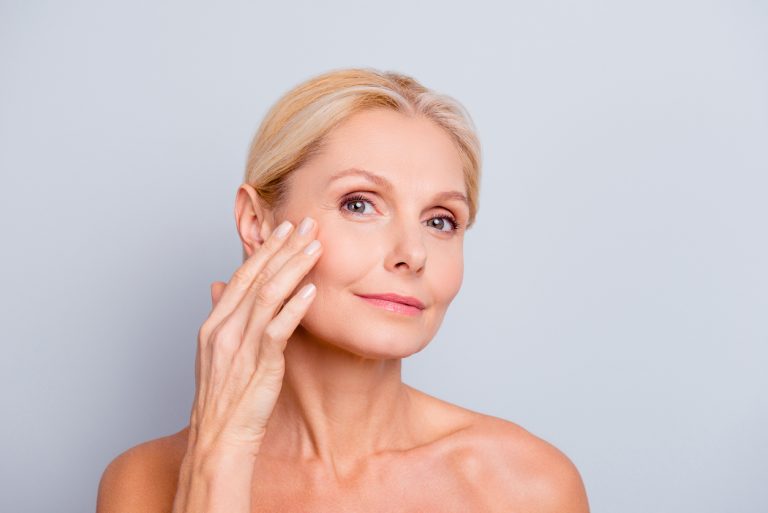
Menopause is a process that will happen to all women at some point in their life. It is the time when you stop experiencing your monthly period, and it is most often the end of the reproductive lifecycle.
Subscribe to the ENRICH newsletter and receive latest news & updates from our team.
Enrich Clinic acknowledges the Traditional Lands of the Wurundjeri Woi Wurrung and Bunurong peoples of the East Kulin Nations on which we work and trade. We pay respect to their Elders past, present and emerging. We extend our acknowledgement and respect to the LGBTQIA+ community who we welcome and support. Read our full Acknowledgement Statement here
